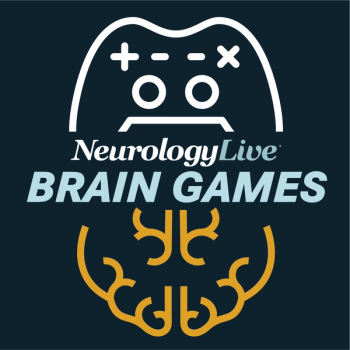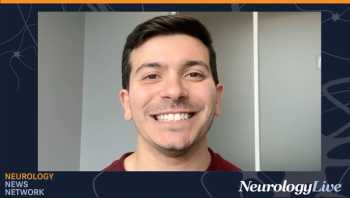
Clinical Experience and Considerations With ALS Medication Tofersen: Sandeep Rana, MD

The neurophysiologist at Allegheny Health Network shared his clinical experience with tofersen in patients with SOD-1 ALS, while emphasizing the critical role of accessible genetic testing for patient identification. [WATCH TIME: 3 minutes]
WATCH TIME: 3 minutes
"When Qalsody was approved, it was a very exciting moment for the ALS community. It represents a targeted therapy that can slow, or potentially halt, disease progression."
In the past decade or so, there has been an increasing amount of research dedicated to amyotrophic lateral sclerosis (ALS), a devastating and fatal neuromuscular disease that results in loss of muscle function and breathing ability. Riluzole, approved in 1995, was the first-ever drug to reach market that showed a modest ability to extend survival by a few months. More than 2 decades later, edaravone, a small-molecule antioxidant, followed as the next approved medication, offering functional benefits in patients with early stages of the disease.
In 2023, the field experienced a major breakthrough, as the FDA approved tofersen (Qalsody; Biogen) as the first therapy for SOD1 ALS, one of the most common familial forms of the disease. The drug, an antisense oligonucleotide, was approved under the accelerated approval pathway based on reductions in neurofilament light (NfL), a marker of neuroaxonal damage. Several in the field noted this as significant, considering it was the first time NfL had been used as a surrogate biomarker to predict clinical benefit, opening the door for other agents in the pipeline.
Sandeep Rana, MD, a neurophysiologist at
Newsletter
Keep your finger on the pulse of neurology—subscribe to NeurologyLive for expert interviews, new data, and breakthrough treatment updates.



































